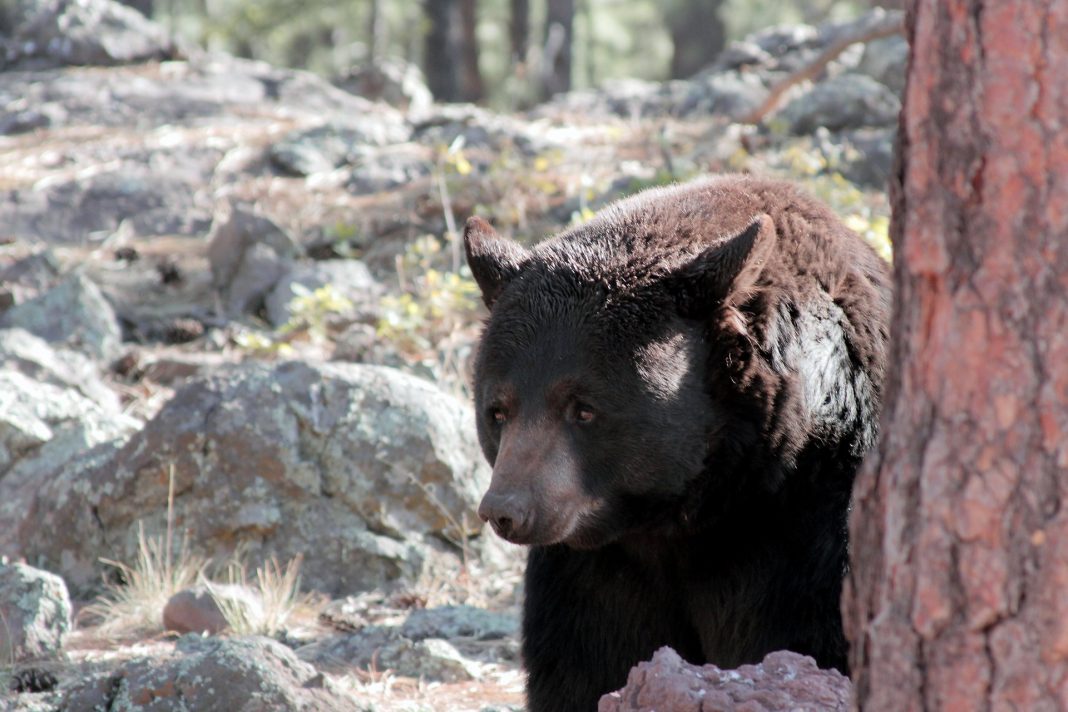The Utah Division of Wildlife Resources (UDWR) reported that black bear incidents have almost doubled in 2019 compared to last year. The UDWR received 53 reports of bear incidents in 2019, and 27 reports in 2018. However, in 2017, there were 84 reports of bear incidents. Data prior to 2017 is unknown.
There are several reasons that may account for this spike in reports. According to Game Mammals Coordinator Darren DeBloois, the increase in reports is correlated with the increase in Utah’s bear population. For instance, according to St. George News, the population of bears have grown from around 1,500 in 2000, to approximately 3,500 in 2016. While there are variations over the last three years regarding the number of reports, factors such as weather conditions and access to food in the wild also plays a role.
According to UDWR, the areas with the most reported incidents were between Salt Lake City and Santaquin, Grand County, and the northern portion of Zion National Park. This is not to say, however, that there are more black bears in these locations. These areas are a destination for many tourists each year for recreational activities such as hiking and camping. Thus, the more people in the area increases the odds of black bear sightings, or incidents.
There were two individuals who sustained minor injuries from a black bear while camping in Grand County. One of the campers was at a site near Hobble Creek Canyon. The other was camping near the Colorado river. The bears were later euthanized when they were located. The UDWR also issued statements asking hikers to use caution, after bears were spotted near Millcreek Canyon and Big Cottonwood Canyon.
Another explanation for the increased bear sightings is that Utah experienced a harsher winter in 2018. This may have caused bears to hibernate at lower altitudes, thus increasing the probability of being within closer proximity to hiking trails and camping sites. Officials added that they encourage hikers, campers and others to learn how to prevent encounters with bears prior to their adventure.
What are your thoughts? Is this a simple ‘correlation vs. causation’ issue? Or do you see this as an alarming trend in Utah’s bear population?















